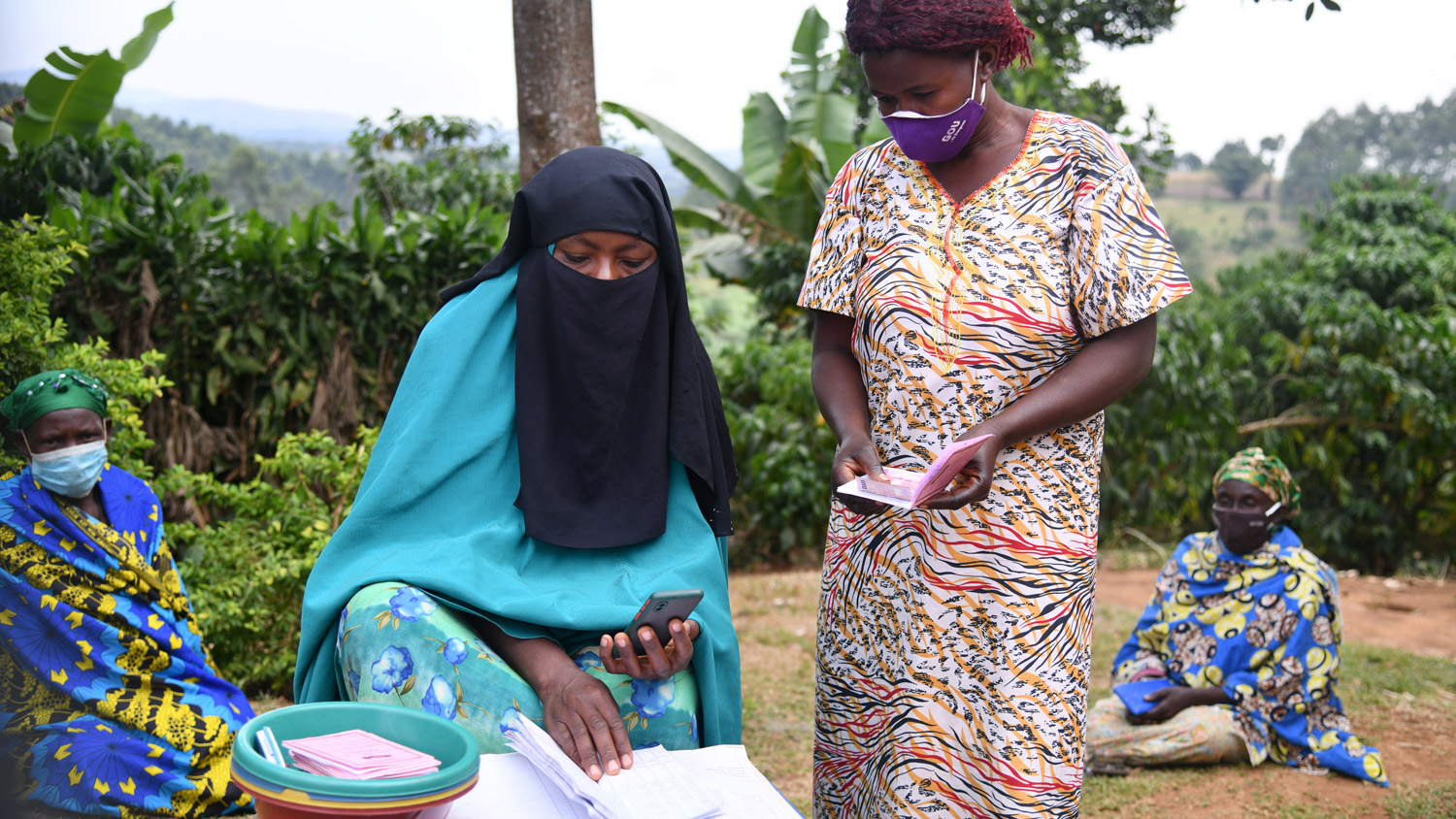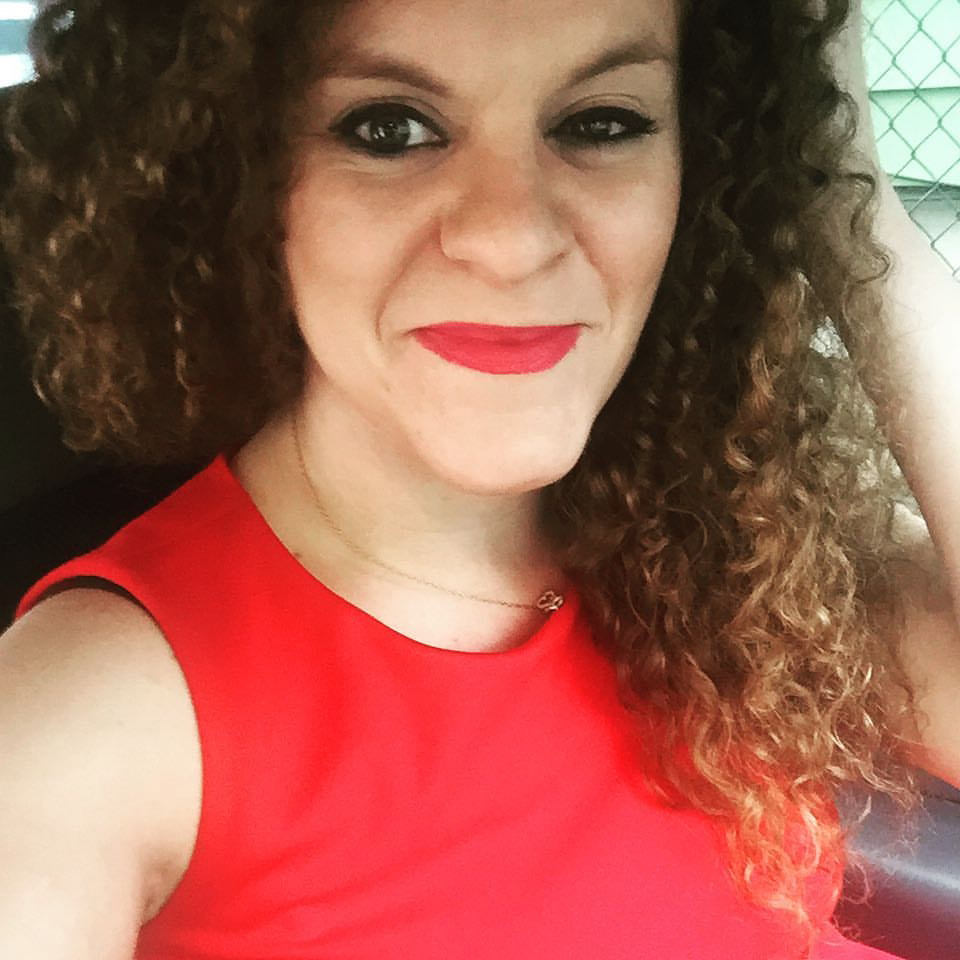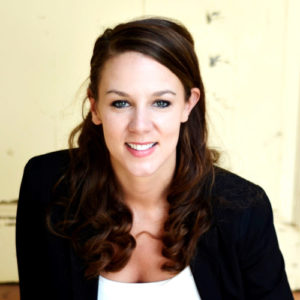Around the world today, women are 7% less likely than men to own a mobile phone and 15% less likely to use mobile internet. Women are less likely to own or know how to use information communication technology (ICT) devices, such as smart and basic mobile phones, digital applications, and online services. Access to mobile technology and digital literacy skills remain key barriers for marginalized people, particularly women living in extreme poverty. Other threat multipliers, such as displacement increase their vulnerability and marginalization and further widen the gender digital divide. Thus, as the world continues to digitize, women are left out of the opportunities presented by connectivity and on-demand information.
Since February 2021, Trickle Up and AVSI Foundation Uganda (AVSI hereafter) have been implementing the World Bank EQUALS digital literacy pilot project, which aims to directly address the gender digital divide for women in Uganda. The project specifically targets refugee and host community women in Kamwenge District that are on their upward trajectory out of extreme poverty. The project seeks to build participants’ capacity to operate a basic smartphone, and leverage the many benefits it offers, such as mobile applications and other digital services (e.g. market information, e-wallets, etc.) to enable them to continue to assist themselves on their trajectories out of poverty.
Leveraging recommendations from GSMA, a global thought leader on mobile technologies for development, on how best to close the mobile gender gap in low-and-middle income countries, the project addresses:
- Access to mobile devices by providing a basic smartphone and solar charger
- Digital literacy and skills,
- Cultural relevance (addressing negative social norms), and
- Safety and security for women participants
For more information on their recommendations, please see the 2021 Mobile Gender Gap Report here. Depending on findings, the program hopes to address affordability of smartphones in future programming through phone loan schemes.
Below is an overview of the user-centered design steps the team took and recommend to others’ when designing digital literacy programs.
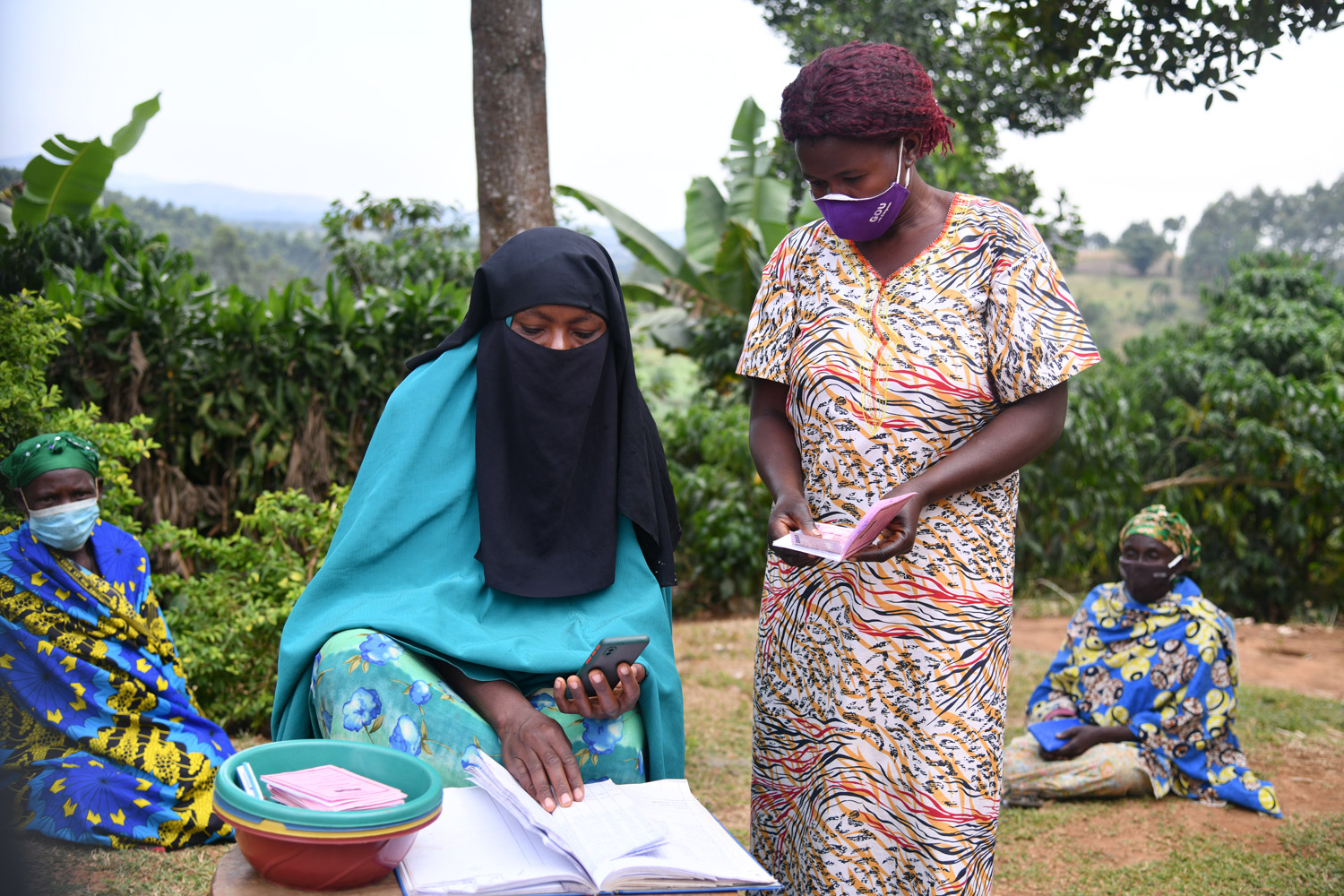
Identify the target populations
Identifying the target population allowed Trickle Up and AVSI to focus our digital literacy programming on the particular needs and interest of the end-users, specifically refugee and host community women. Given each organization’s history in Kamwenge District, we are deeply familiar with the context in the refugee and host community populations of the area. As such, potential participants were identified by AVSI and Trickle Up, leveraging previously established savings groups from the USAID funded Graduating to Resilience project in the area.
Conduct a needs assessment
In order to better understand current digital literacy skills and needs among the potential participants, Trickle Up and AVSI conducted a needs assessment in May 2021. Our needs assessment included questions to further explore the barriers that often prevent women from owning smartphones (e.g. cost) and the barriers that may prevent them from using smartphones (e.g. electricity, gender and social norms, knowledge gaps, etc). Our findings were essential to the development of the digital literacy curriculum; some key findings shared below!
Smartphone Ownership
Nearly all women (refugee and host) interviewed stated that they want to own a smartphone. Many stated they would be willing to pay for a basic smartphone but the high cost of purchase remained the biggest barrier. When asked how much they would be willing to invest in a basic smartphone, 68% of host community women said that they would pay up to 70,000 Ugandan shillings (UGX), approximately $20 USD. Nearly 80% of refugee women said that they would pay up to 100,000 UGX (approximately $28 USD). This highlights that women see smartphones as a valuable asset, and many are willing to contribute.
Electricity Supply
Most households interviewed, 98.1% of host and 100% of refugee, are not connected to the national electricity grid and largely depend on solar based solutions. In order to maximize the benefits of smartphone ownership and the digital literacy training, the team acknowledged the need to address this challenge through procurement of smartphones with accompanying solar chargers.
Gender and social norms
Although host and refugee women appeared to have equitable gender norms around ownership, usage, and the benefits of smartphones for women and their households, in focus group discussions with sampled participants, potential risks arose. Those mentioned include:
- Men in the community not wishing for women to have mobile phones.
- Men in households may become suspicious that women are communicating with other men.
- Male violence against women in the household may increase with the increased agency or perceived increase in agency that comes with smartphone ownership.
Design solutions
Trickle Up and AVSI designed the digital literacy curriculum and accompanying animated videos to address the key information and barriers identified during the needs assessment. The curriculum provides a holistic picture of how to use a smartphone to maximize its benefits. Our goal is to enable women to overcome barriers to smartphone ownership and usage so that they can leverage digital technologies to continue their upward trajectories out of poverty.
To address the issue of high costs, the EQUALS Uganda project purchased a Nokia C1 smartphone for all participants. Participants will receive the phone free of cost. The model was selected by balancing cost and quality concerns. Given intended participants willingness to contribute, future projects and available financing opportunities (e.g. savings groups) in the area could be explored in projects with longer-term durations to promote access to ICT devices. In order to address lack of/limited digital literacy skills and ensure ease of use, the digital literacy training curriculum incorporates several modules on smartphone basics, specifically designed to the phone model selected, including how to turn on and off the smartphone, how to make a phone call, how to send a text message, how to care for the smartphone and more. The curriculum builds on these sessions to incorporate wider digital literacy aims, such as locating essential services using Google Maps, sending and receiving mobile money, and purchasing agricultural inputs via the Mobipay Agrobase, a digital business platform for small farmers. These add-on benefits of smartphone ownership and use can support participants to access essential services and gain access to the formal financial system, areas they are traditionally excluded from based on socioeconomic status and their gender.
Additionally, all participants will be provided with new solar chargers to ensure that they have access to reliable charging technology, and one that requires minimal to no fees. Solar chargers are already popular in the community for a variety of uses, however, to ensure proper care and usage the digital literacy curriculum will incorporate training on this equipment as well.
Lastly, Trickle Up and AVSI mainstreamed gender inclusive and responsive approaches throughout the curriculum and training approach based on gender and social norm data collected in the needs assessment. Specifically this includes:
- The team will carry out a sensitization session with female participants alongside male household members prior to the start of the trainings. In doing this, we aim to deliberately engage the family and household in the intended objectives of the digital literacy training. Our aim is to have larger familial buy-in and engagement to ensure participant safety and retained ownership and control of the smartphone device by women.
- The team will depict images of women in as many of the curriculum’s animated videos as possible. This mainstreaming of gender is intentional to ensure that women see images of other women as guides to help them move forward in their training. Through gender representation and close collaboration with field teams, we endeavor for our curriculum and training approach to be culturally sensitive and empowering for female participants. Furthermore, facilitators of the digital literacy trainings will be women themselves.
- In addition to sharing strategies on how to best address and mitigate conflict in the household, the team will support women with referral resources as needed throughout programming.
The project and digital literacy curriculum provide a holistic gender inclusive approach to strengthen women’s participation and adoption of digital technology solutions and mitigation of harmful gender norms and practices.
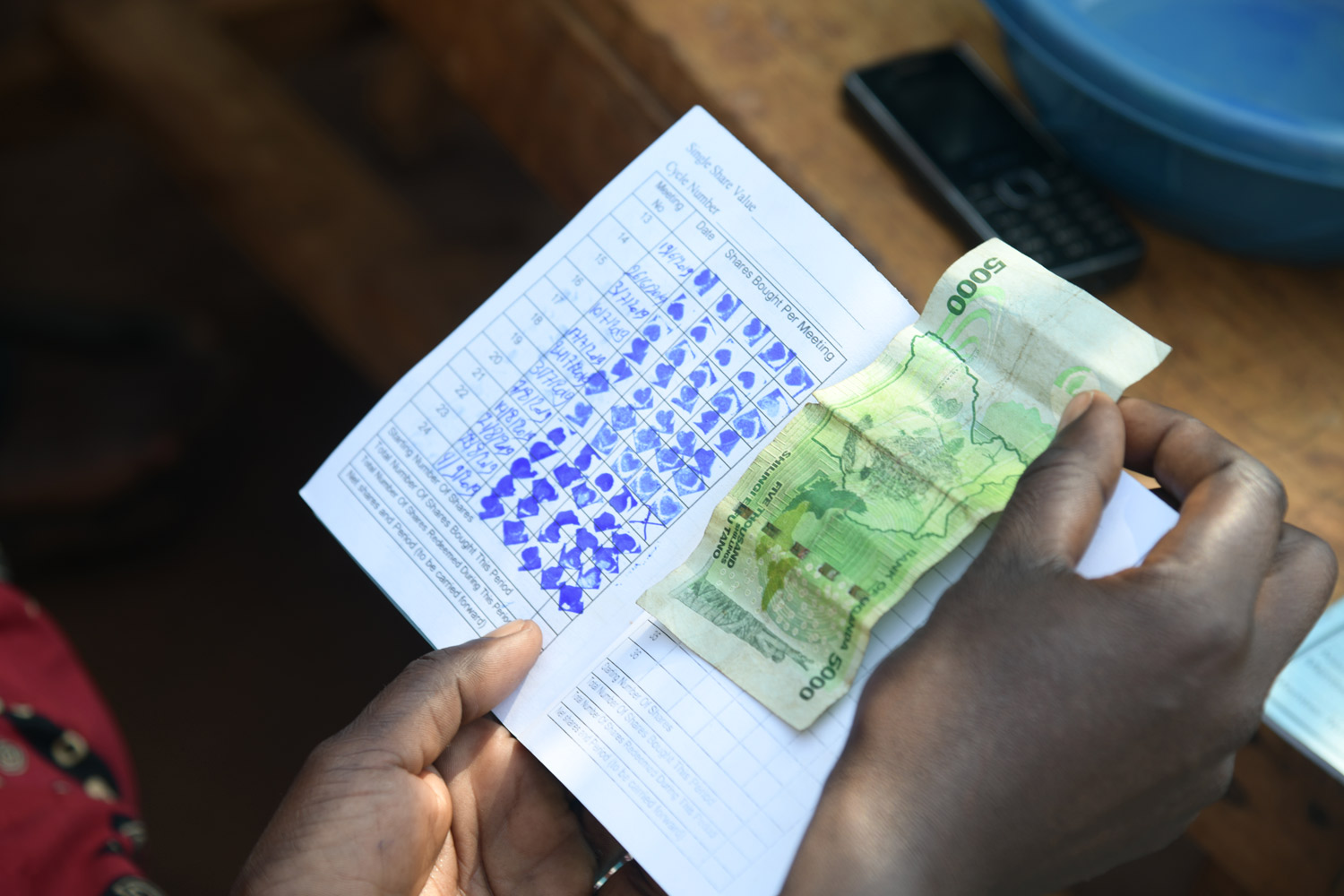
Leverage networks for social empowerment
Trickle Up and AVSI feel strongly that traditionally excluded populations benefit from a peer support networks as they learn new skills, especially those that challenge gender and social norms. The forum and approach to which trainings and new information is delivered is equally as important as the content itself! As such, the program will be delivered through existing mature savings groups, where social cohesion and trust has been established among members. This allows our participants to learn in a comfortable and sustainable environment that promotes knowledge sharing and collaboration.
Evaluate!
While we have taken the above steps to design our content and program as best as possible to the needs and desires of the target population, it is equally important to evaluate our approach. Our team will conduct a baseline evaluation, so that we will be able to measure the impact and behavior change that the digital literacy training created among participants and their households. This matters as we know that digital tools, like smartphones and the internet, have exploded as avenues for communication, connection, and commerce amidst the isolation of COVID-19. Therefore, it is essential that we understand as implementers how effective our approaches are in supporting marginalized women in their engagement with the digital world; this can also support donors in identifying and scaling up evidence based approaches that have been successful. Information and data are important tools that will allow us to refine the program for future implementation and continue to adapt with the ever-changing landscape and needs of participants.
We look forward to sharing with you future updates about this program, so we can unlock the benefits of smartphone ownership and access to all, especially poor women, in an effort to close the digital gender divide.

